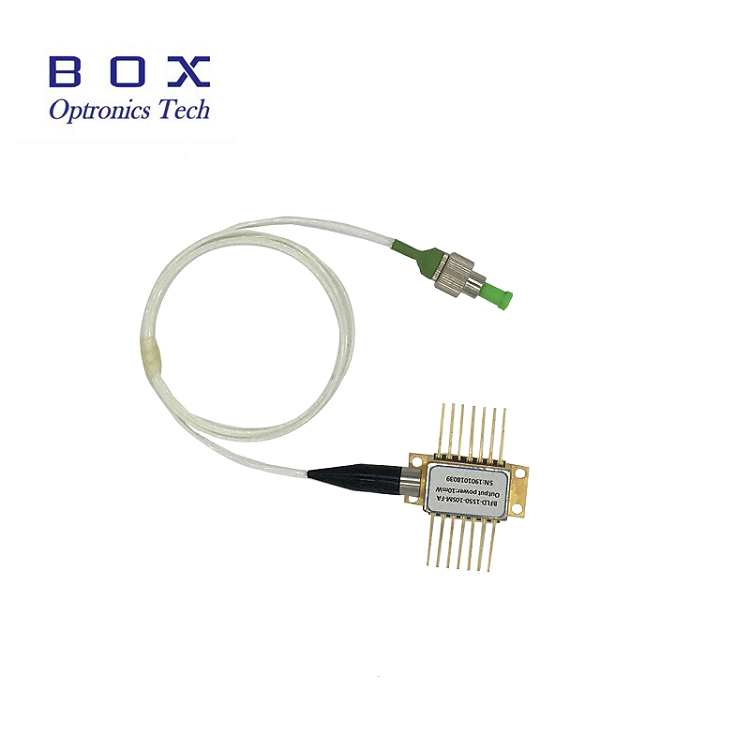Key features and components of DFB butterfly lasers
2023-10-17
DFB (Distributed Feedback) butterfly lasers are a type of semiconductor laser diode that incorporates DFB technology and is packaged in a butterfly-style housing. These lasers are widely used in telecommunications, optical fiber systems, and sensing applications due to their stable and single-mode laser emission. Here are the key features and components of DFB butterfly lasers:
1. Distributed Feedback (DFB) Technology: DFB butterfly lasers are built using DFB technology, which allows them to emit laser light in a single longitudinal mode. DFB lasers have a distributed grating structure within the semiconductor gain medium, which provides wavelength stability and single-mode operation.
2. Butterfly Package: The term "butterfly" refers to the housing or package style of these lasers. The butterfly package is a hermetically sealed module designed to protect the laser diode from external environmental factors, such as dust and humidity. It also helps maintain temperature stability for precise wavelength control.
3. Temperature Control: DFB butterfly lasers often include temperature control elements, such as thermoelectric coolers (TECs) and thermistors. These components help stabilize the laser's operating temperature, which is critical for maintaining wavelength stability.
4. Optical Isolator: Some DFB butterfly lasers incorporate an optical isolator within the package to prevent back-reflections into the laser cavity. This enhances the laser's stability and prevents unwanted effects like mode hopping.
5. Fiber Pigtail: DFB butterfly lasers typically have a single-mode optical fiber pigtail attached to the output. This allows for easy coupling of the laser light into optical fiber systems, making them suitable for long-distance telecommunications and optical networks.
6. Wavelength Selection: DFB lasers can be designed to emit light at specific wavelengths based on the application requirements. This precision is essential for wavelength-division multiplexing (WDM) systems in telecommunications.
7. Single-Mode Emission: DFB butterfly lasers provide single-mode operation, which means they emit a well-defined, narrow linewidth optical signal. This is crucial for high-performance optical communication systems where signal quality is a priority.
8. High Output Power: These lasers can provide relatively high output power levels, making them suitable for long-haul optical transmission and optical amplification applications.
9. Narrow Linewidth: DFB lasers offer a narrow linewidth, which is beneficial for achieving high spectral purity and low phase noise in optical communication systems.
10. Telecommunications: DFB butterfly lasers are commonly used in optical telecommunications networks for transmitting and receiving signals over optical fibers. They play a crucial role in long-haul and metro network infrastructure.
11. Sensing Applications: These lasers are also used in various sensing applications, including gas sensing, environmental monitoring, and fiber optic sensing systems, due to their stable and precise wavelength output.
DFB butterfly lasers are a key component in modern optical communication networks, enabling high-speed data transmission over long distances. Their precise wavelength control, stability, and reliability make them essential for ensuring the integrity and performance of optical systems.



